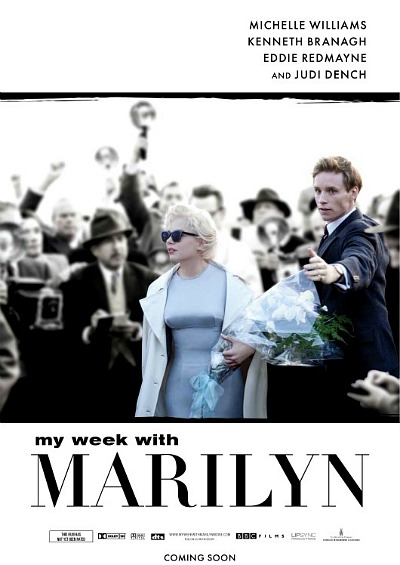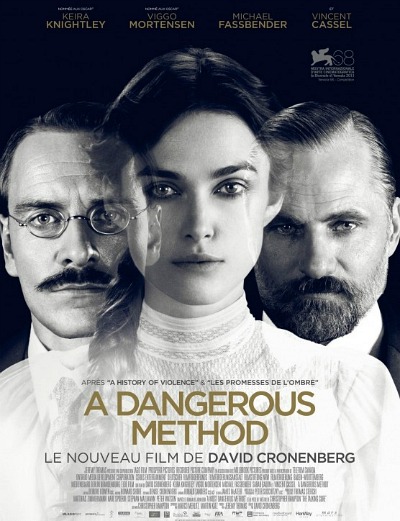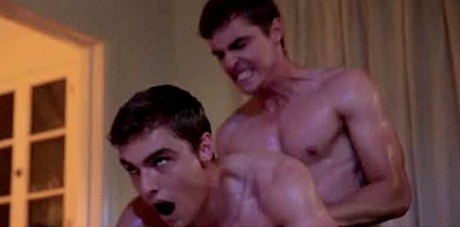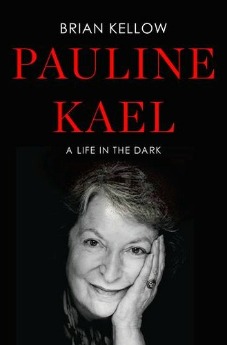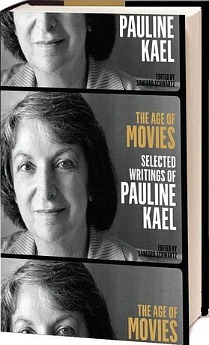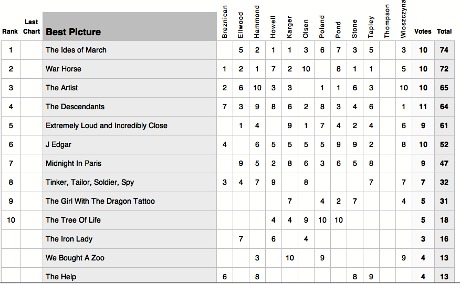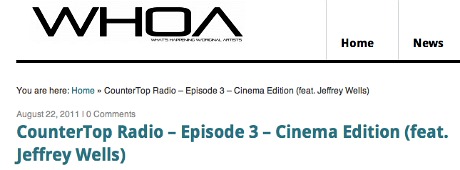Every year I say the same thing about the possible influence of MCN’s Gurus of Gold chart, and I might as well say it again with awards season about to kick off the weekend after next and with the first testing-the-waters Gurus of Gold chart having gone up yesterday.
Every year I ask what could be more worthless or contemptible in the eyes of any fim lover with the slightest trickle of blood in his or her veins than a group of online journos saying, “What we might personally think or feel about the year’s finest films is not our charge. We are here to read and evaluate the feelings and judgments of that crowd of people standing around in that other room….see them? Those older, nice-looking, well-dressed ones standing around and sipping wine and munching on tomato-and mozzarella bruschetta? Watching them is what we do. We sniff around, sense the mood, follow their lead, and totally pivot on their every word or derisive snort or burst of applause at Academy screenings.”
If I could clap my hands three times and banish the concept of Gurus of Gold from the minds of my online colleagues and competitors, I would clap my hands three times. For it is the task of Movie Catholics (which includes all monks and priests and followers of the faith) to stand up and lead at all costs. And it is bad personal karma to put aside what every fibre of your being tells you is the “right” thing to do in order to proclaim (and therefore help to semi-validate and cast a favorable light upon) the occasionally questionable sentiments and allegiances of others.
And I mean especially if these temperature-gauging, tea-leaf readings contribute to a snowball mentality or growing assumption that a certain Best Picture contender has the heat. There is no question in my mind that to some extent the Gurus of Gold (and especially the purely analytical temperature-takers like EW‘s Dave Karger) contributed to last year’s Best Picture win by The King’s Speech by advancing the notion each and every week that it would probably take it. And that, if you don’t mind me saying so, is a terrible thing to live with.
How would you feel if you were 92 years old, let’s say, and on your death bed and looking back upon your professional Hollywood life and saying to yourself, “In my own small but possibly significant way, I probably helped to create a perception of groundswell momentum and inevitability that led to the Best Picture triumphs of The Greatest Show on Earth, Around The World in Eighty Days and Driving Miss Daisy“? How would you feel about that? Good?
True Catholics are players on the field, not watchers from the stands. They need to convey their own passions as personally, ardently and persuasively as possible, and to give as little credence as possible to the alleged preferences of a politically-motivated, comfort-seeking, sentimentally-inclined, wowed-by-almost-anything-British and recently suspect industry group.
It’s been pointed out time and again that the Academy had a reasonable, fair-minded history in their Best Picture preferences from the mid aughts to ’10 but then last year did an about-face and, in a startling cave-in to British kowtowing and comforting gutty-wut sentiment, gave the Oscar to an admirable-but-far-from-good-enough contender. For the sake of the Academy’s reputation among the aloof and justifiably cynical younger crowd (i.e., the ones that the Academy hopes might be attracted by the hand of Oscar-show producer Brett Ratner) and for the sake of our souls, a capitulation of this sort must never happen again.
